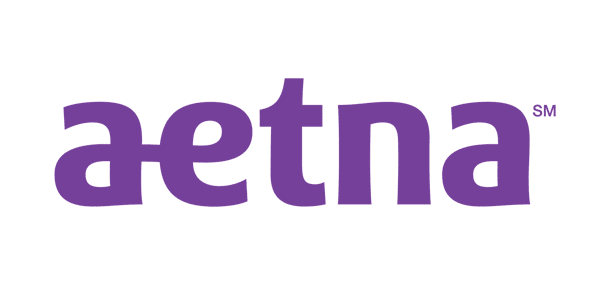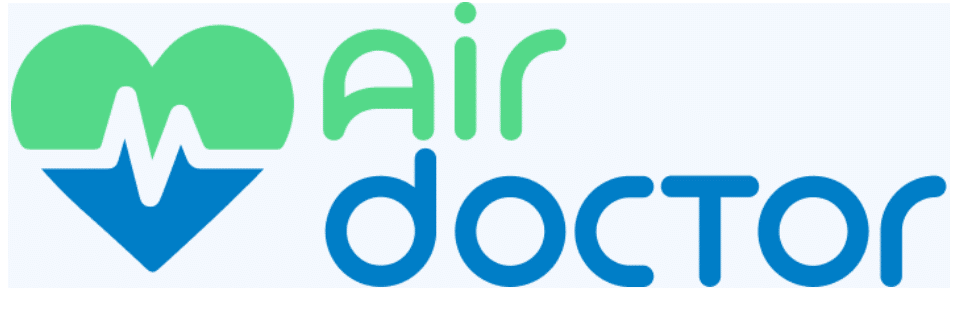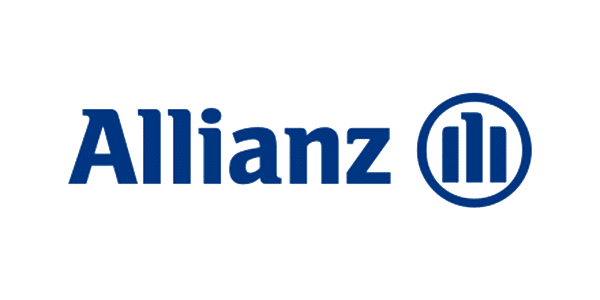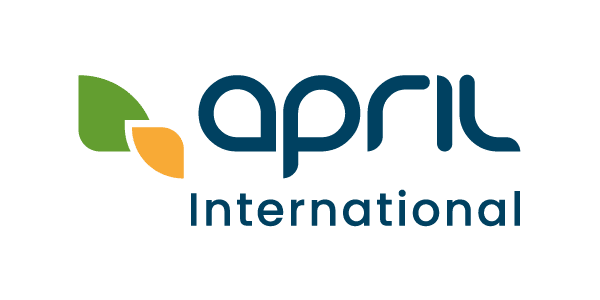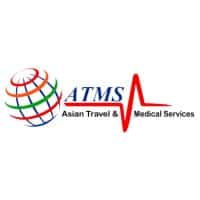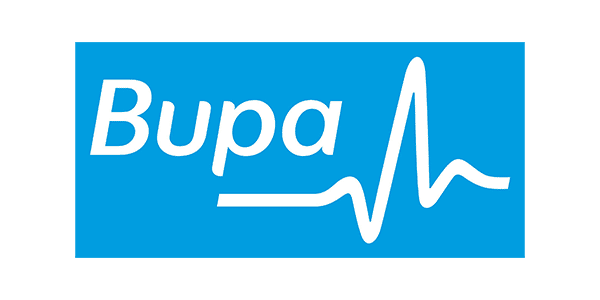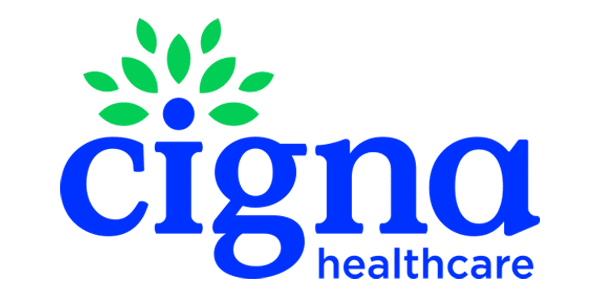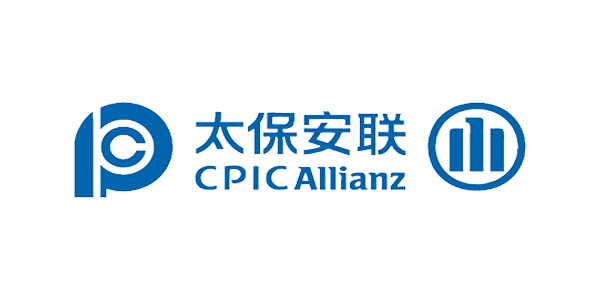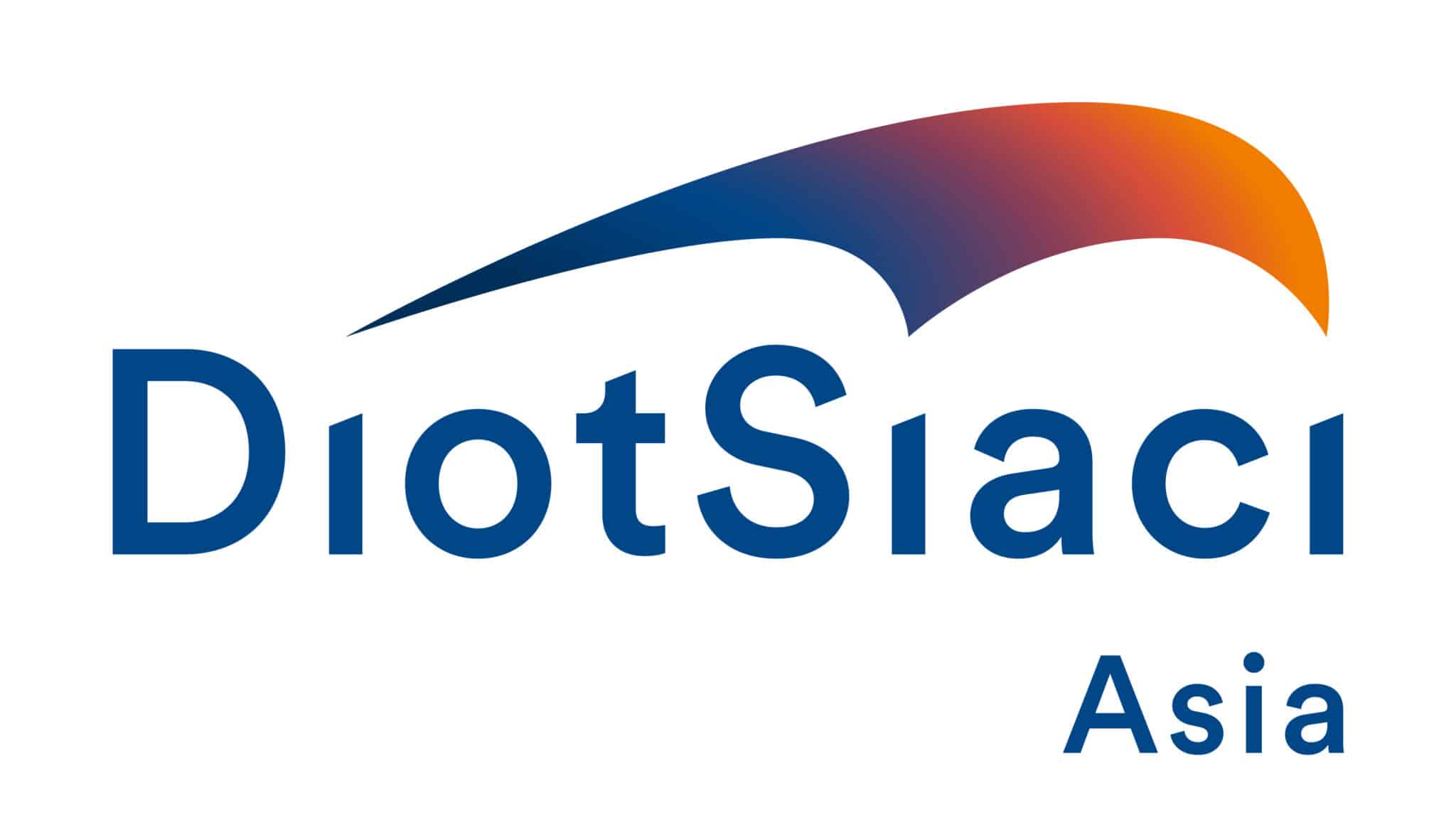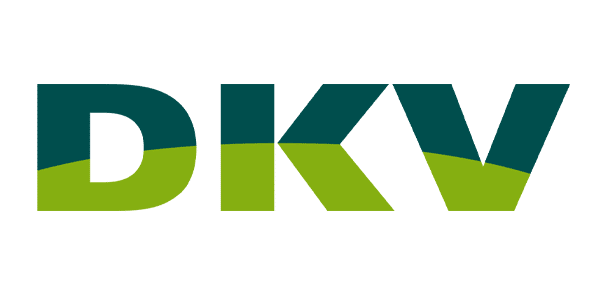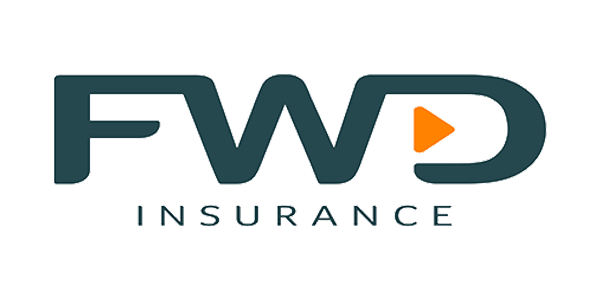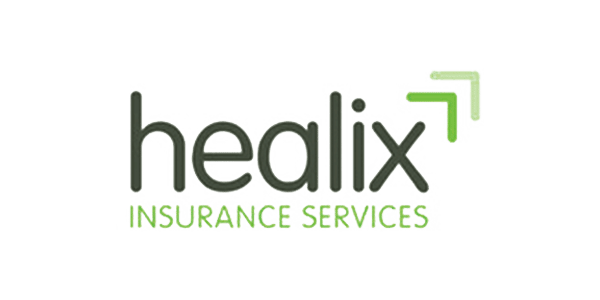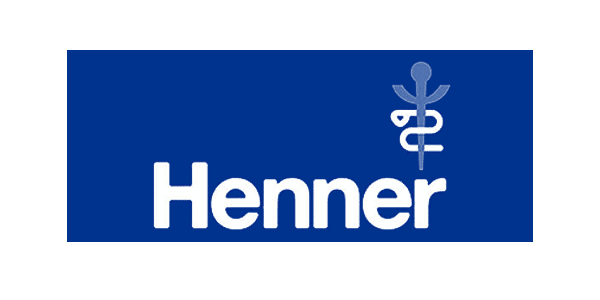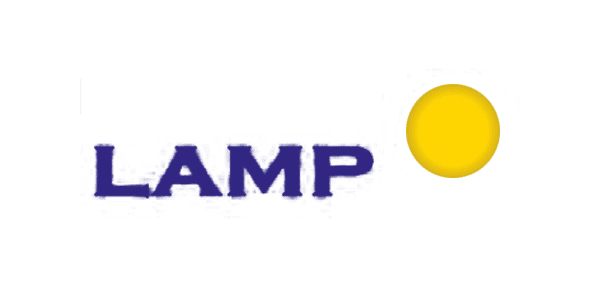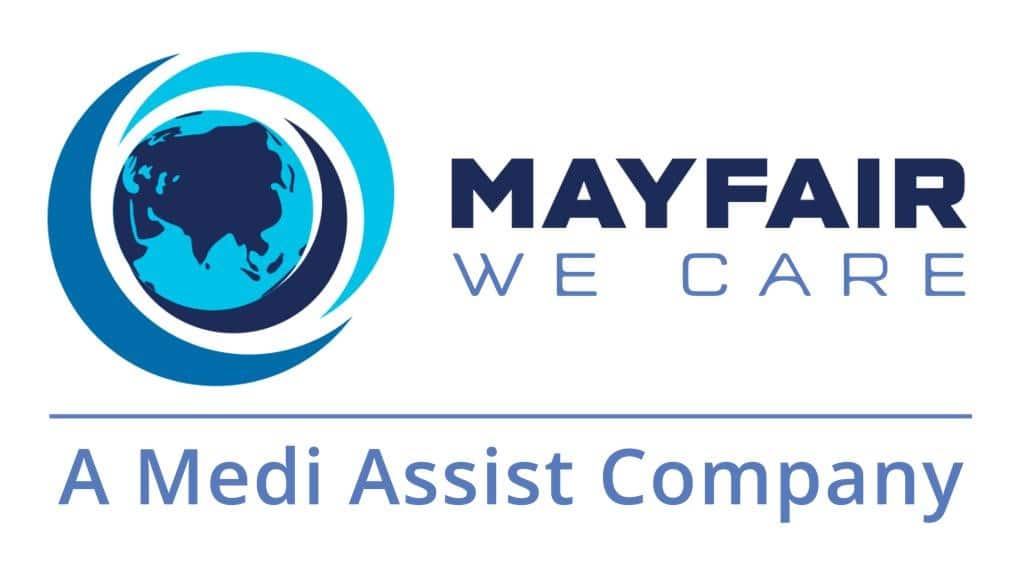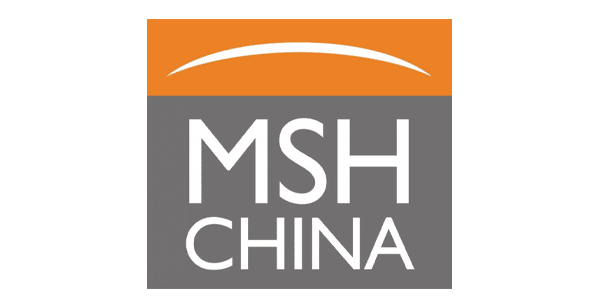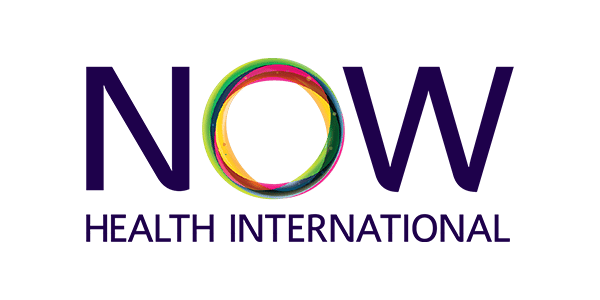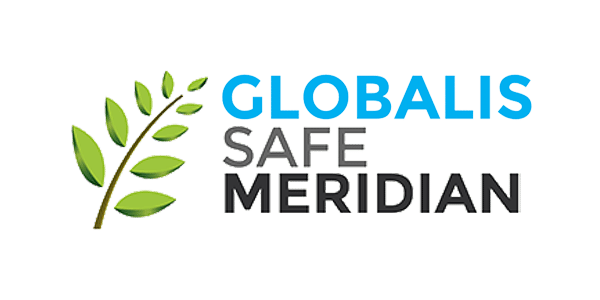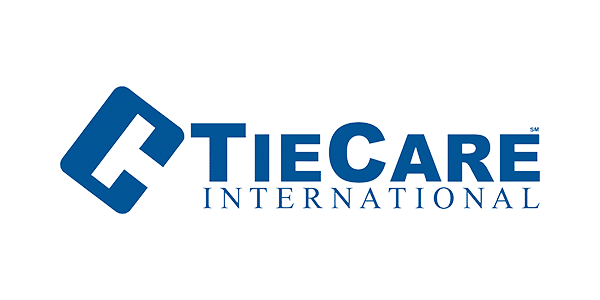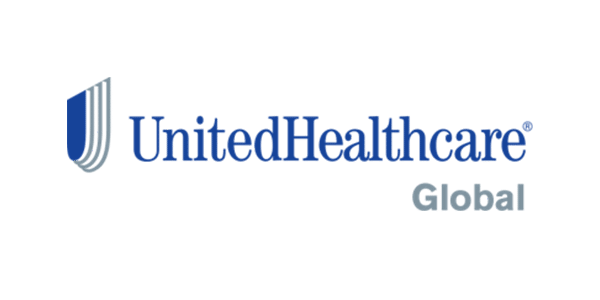In recognition of Breast Cancer Awareness Month in October, here is some advice on being breast aware and how you can conduct your own breast checks plus some other advice for how to detect the disease early.
Breast cancer is the most common cancer faced by women in both developed and developing countries and its numbers are steadily on the rise. Over the course of a lifetime, breast cancer will potentially affect up to one in eight women. Early detection could save your life. The survival rate of women who detect the disease early is 95 percent. In comparison, the survival rate can be as low as five percent for up to five years for those who only discover they have breast cancer in the advanced stages.
For average-risk women, the best way to detect early stage breast cancer is by screening mammography – an x-ray of the breast. Studies have shown that early detection of breast cancer, before it has caused any symptoms or noticeable changes in your breasts, has contributed in the decrease of breast cancer deaths. Should an abnormality crop up in your screening mammogram, your doctor could suggest that you undergo a diagnostic mammogram instead, where more images may be taken in order to carefully study an area of concern. Other types of imaging tests such as ultrasound may also be done in addition to the mammogram, depending on the type of problem and where it is in the breast.
So when should a woman start undergoing regular mammograms? Most national guidelines suggest yearly screening from age 40. It is useful to have a discussion with your doctor about the pros and limitations of screening and also find out what the recommendations are from your home country. It is also worth mentioning that breast tissue in women under the age of 50 tend to be quite dense and can hinder the mammogram readings, hence an ultrasound scan is often done in addition to the mammogram as part of routine screening in the under 50s.
Breast self-examination (BSE) is useful for a woman to know how her breasts usually look or feel. You can ask your doctor to show you the right technique to perform one. It is important to see your doctor if you notice any changes, feel any lumps or areas of thickening, or any pain that does not change with your cycle.
Changes can appear in the form of lumps or swelling, skin irritation and dimpling, inverted or painful nipples, redness and scaling in the nipple or breast skin and nipple discharge other than breast milk. More often than not, these changes are not a sign of cancer, but they should be evaluated anyway. It should be noted that breast pain is a common occurrence that affects as many as 65 percent of women and is not usually a symptom of breast cancer. But it is still advisable to report any breast pain to your doctor.
Although early detection of breast cancer is extremely helpful, prevention is even better. Several lifestyle changes, although not always a guarantee, may decrease breast cancer risk. One such change is breastfeeding your children for at least six months, which could possibly help reduce your cancer risk. It is also important to get regular and vigorous physical activity and enjoy a balanced diet rich in vegetables, fruit, poultry, fish and low-fat dairy products.
While it is still unclear if the use of hormone replacement therapy (HRT) after menopause increases your risk of breast cancer, limiting or avoiding the use of these hormones entirely might just be what you need to reduce the risk of cancer. Another factor to consider incorporating into your lifestyle is to limit your consumption of alcohol, avoid smoking and always maintain a healthy adult weight, as excessive weight gain can also increase the risk of developing cancer. These changes may or may not help you prevent breast cancer entirely, but it can certainly help reduce your risk significantly.

